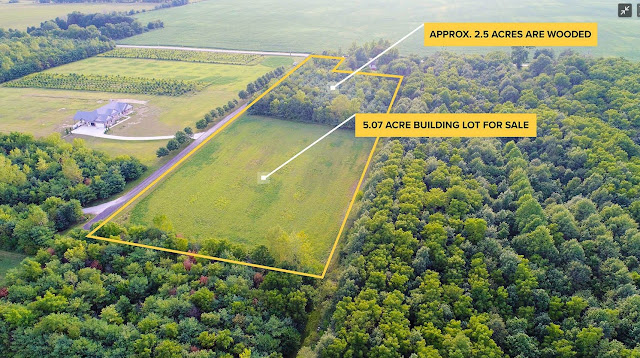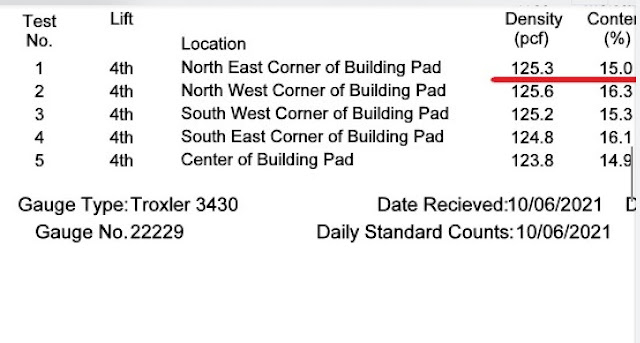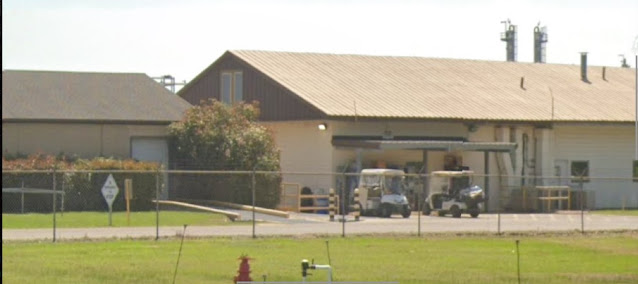Beyond the Dig: A Quality Control Checklist for Site Excavation
2. Verify the existing utility lines are located, staked, and protected, and observe conditions of the uncovered lines.
Example of density compaction of a custom house with the Geotechnical Laboratory's test results.
Erosion Control & SWPPP
Ensure that your project site has a Stormwater pollution prevention plan (SWPPP) in place and is being implemented.
The plan will address the soil erosion and containment on your site. At a minimum, you should expect.
1. Silt Fence
A silt fence will be constructed on the perimeter of your lot or property to collect any soil runoff. If you have a sloped lot, then the silt fence would be at the low end of the property.
2. Construction Entrance
Your plan should include constructing a temporary gravel entrance or a fabricated mat. This helps prevent soil from the site being deposited on the streets.
3. Concrete wash-out areas.
During the concrete portion of the project, your plan should show an area where the concrete trucks can wash out their trucks. You could also use this area for your masons to wash out.
I wish you success on your project.
Shettig Construction Management provides Professional Construction Management services from the inception of your project through completion. www.shettig.com
mshettig@gmail.com



















Comments
Post a Comment